Young Entrepreneur Tapped $200,000 Manufacturing Readiness Grant to Help Bring Smart Tech to His AgTech Start-up
Anu
Case Study
Key Stats
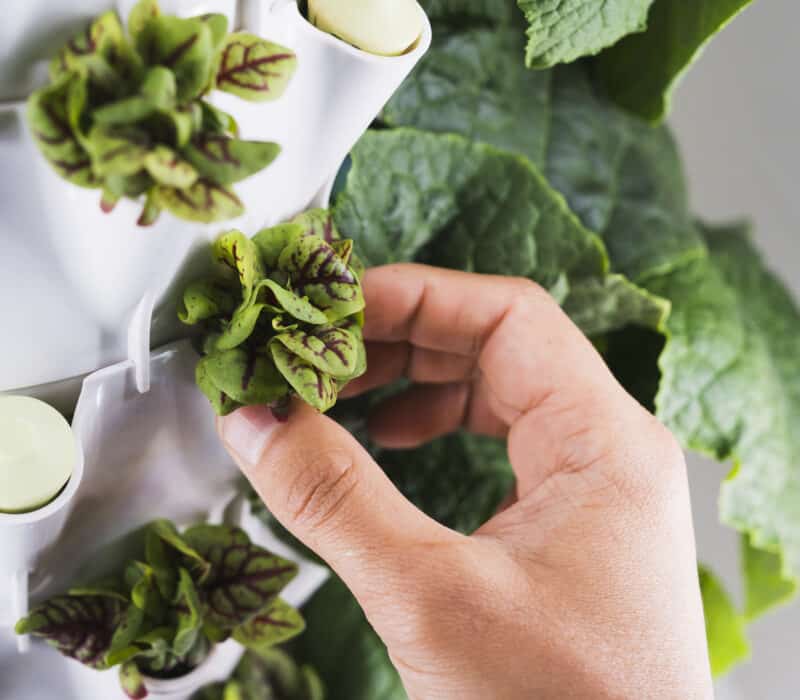
Company History
Scott Massey’s road to manufacturing entrepreneurship began as a 21-year-old Purdue University student and combined Indiana’s agricultural culture, smart technology focus and the state’s manufacturing prowess to build his Agtech start-up.
An Evansville native, Scott Massey was a full-time student at Purdue when he learned that NASA was eyeing the concept to develop a food delivery system that could increase energy efficiency and feed future astronauts. “I began to ask myself, why isn’t there a consumer growing system that would allow people to decentralize the production of food?” he recalls. Still a full-time student, Scott started working night shifts delivering the Purdue Exponent newspaper. “With the monotonous, routine process of throwing newspapers out of my SUV window on a college campus, I had time to think, to conceptualize a consumer health and wellness brand.” From there, and with less than $5,000 in his bank account, he built his first rotary aeroponics prototype, tore it apart and went through the iterative design processes. He filed patents and founded Heliponix in 2016 — all with his own money and through university pitch competitions. Since completing this grant-enabled project, Scott has been named to the 2024 Forbes 30 Under 30 list in the Manufacturing and Industry category.
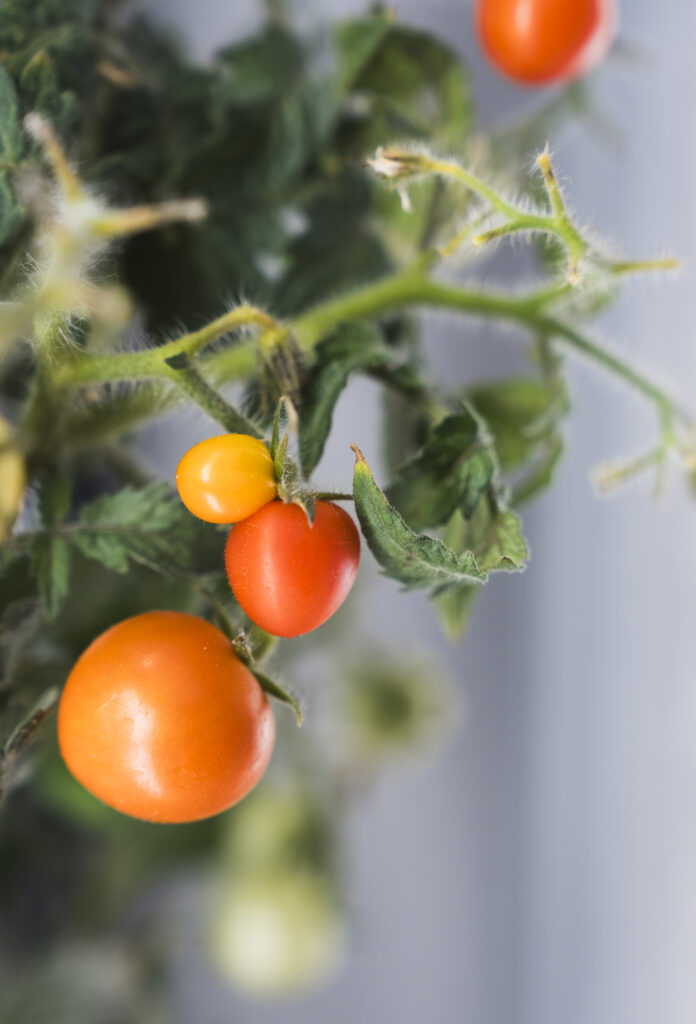
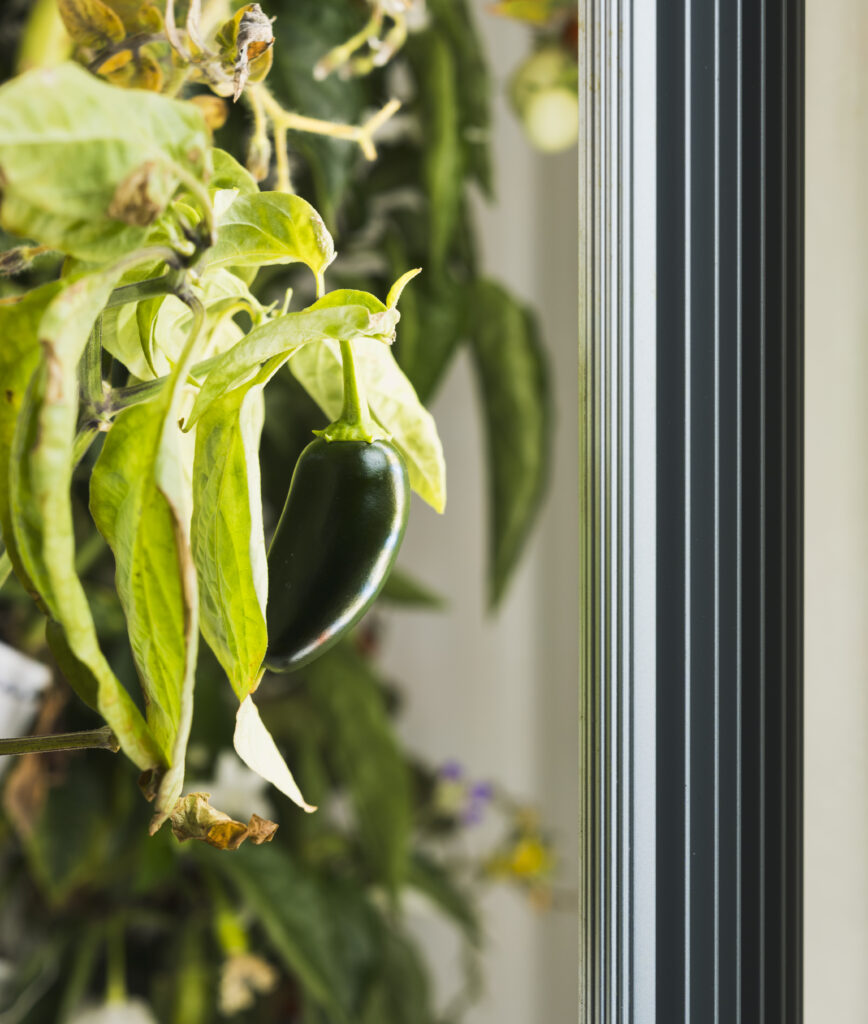
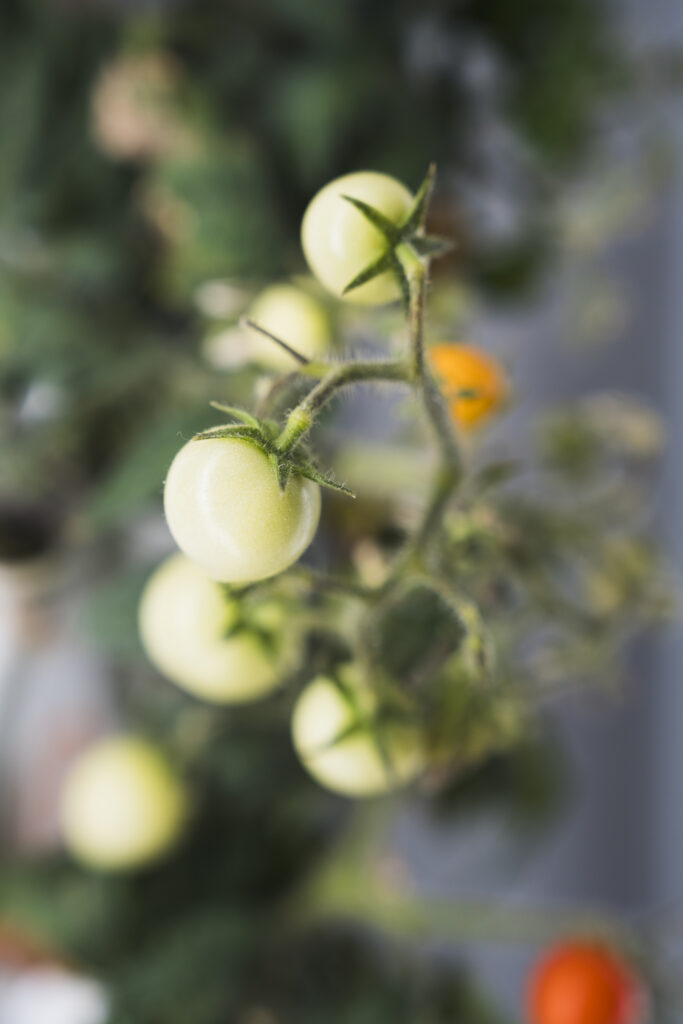
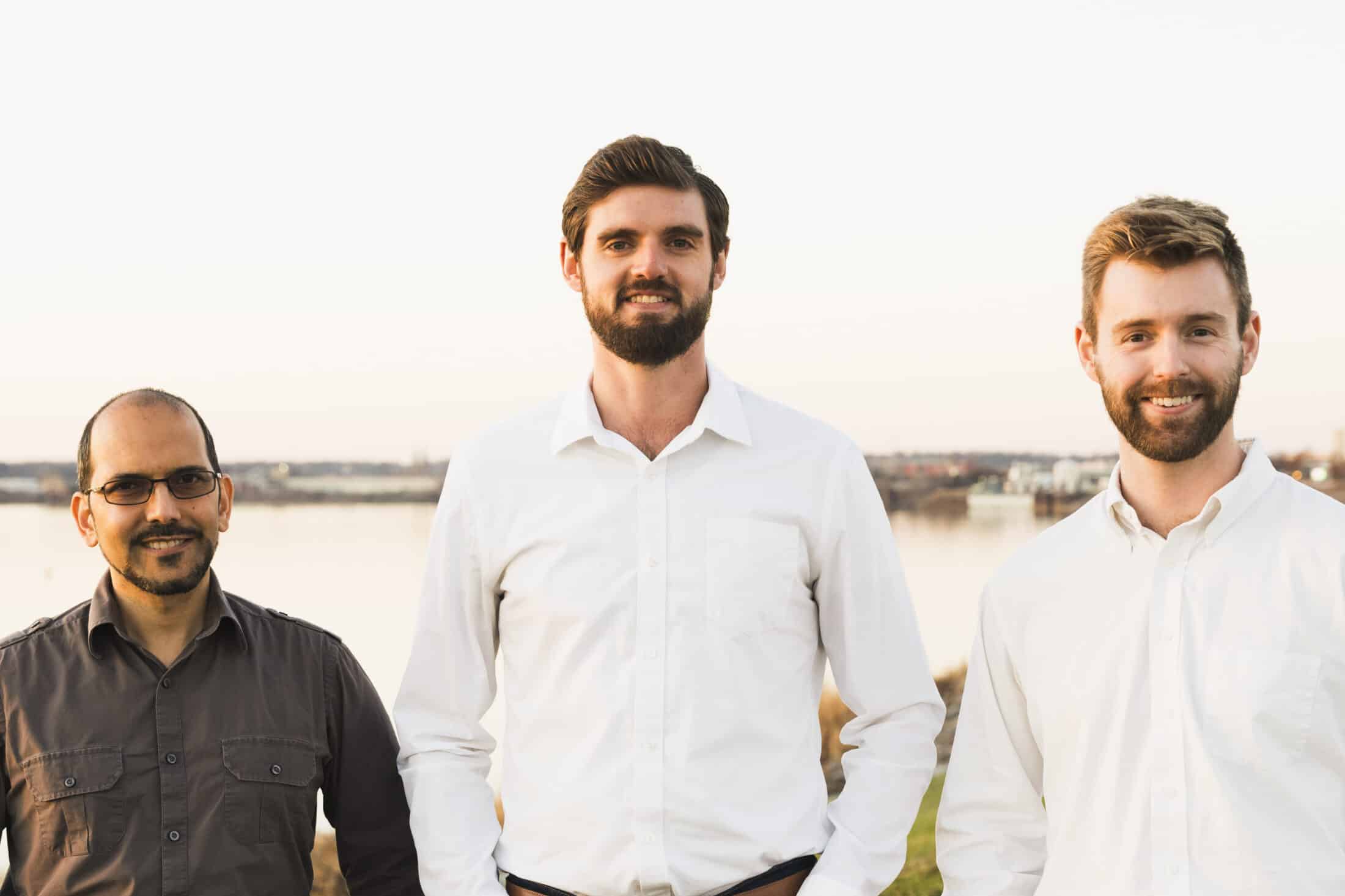
Anu partners Scott Massey (right), Ivan Ball (middle) and Dr. Sven Nelson (left)
Although Heliponix LLC remains the legal name, “we chose our consumer-faced brand Anu™ to represent our mission and values of empowering everyone to grow Pure Produce®,” Scott said. “That means maximum flavor, maximum nutrition and maximum food safety because we eliminate all inefficiencies of the supply chain that result in a degradation of quality.” Today the company is in Scott’s hometown of Evansville, where 11 employees bring experience in marketing, branding, engineering, manufacturing, software and, as Scott said, “a lot of emphasis on plant science” to the company.
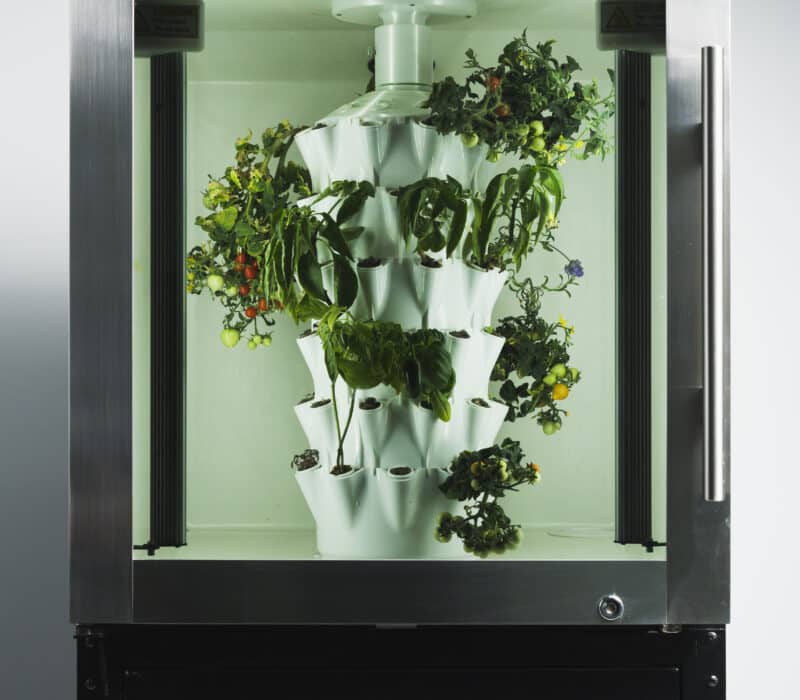
The Project
Anu calls it ‘our smart friendly home garden’ – rotary aeroponic technology in a controlled environment that enables the best plant yield.
“I always start with the experience and work backward from there,” Scott said. “I can tell you the experience we’re delivering and providing to the consumer empowers them to grow their own produce.” Similar in size to a residential under-counter dishwasher, the aeroponics appliance is somewhat analogous to a Keurig machine. Instead of making a cup of coffee, when Anu seed pods are inserted into a growth chamber they facilitate the growth of a food product. “It’s really a beautiful thing to see,” Scott said. “The appliance can take many shapes and forms, but typically it looks like a small refrigerator. However, unlike the tomb for food that so many refrigerators are, the Anu is the womb. It can be the source of creation and it looks a lot like a greenhouse. It’s a beautiful green summer day year round, all in the confines of your home without having to step outside.”
Every element of plant science — lighting, irrigation, temperature — is present. Inside, the user places a consumable seed pod containing the seeds of whatever produce varieties are desired. It can be leafy green vegetables, culinary herbs and tomatoes. With the Anu technology, the consumer can produce and grow their favorite produce inside his or her home. “It’s not limited to homes either,” Scott explained. “Some institutions use the technology to eliminate ‘food deserts’ where individuals have little to no access to food. There’s a whole suite of socioeconomic and environmental challenges that results in a lack of fresh produce and even health,” he added. “There are a variety of different applications for Anu and we’ve just scratched the surface. Think of educational opportunities to introduce the science of indoor agriculture to students to learn about underlying technologies and scientific processes that amount to localized agriculture.”
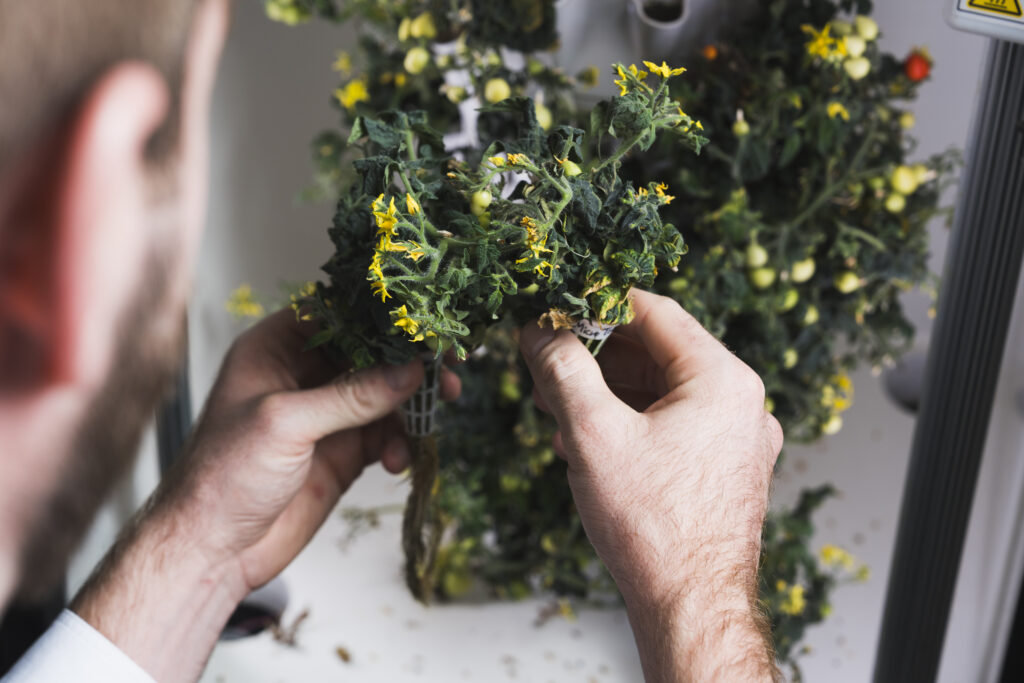
MRGs are customarily provided to manufacturing investments made under the roof of the grantee. Anu was granted an MRG to begin scaling for manufacturing production. With the help of the MRG grant, “Anu is today a harmonious symphony of different companies that includes the host growing system, the consumable seed pod and the software,” Scott said. “We are manufacturing a physical good. It is a connected product experience with the hardware working in conjunction with the consumable working in conjunction with the software that is the connective tissue.” The system is an ideal example of hardtech; hardware is associated with software that is truly technologically advanced – incorporating artificial intelligence, deep learning systems that can recognize and optimize on a per unit basis, and the Internet of Things (IoT).
Scott credited the embedded manufacturing expertise in Indiana, along with the state’s business-friendly climate and leading agricultural technology with the strength of the Anu start-up. “It is an advantage to be in the Midwest generally and Indiana in particular. If we tried to launch this in Silicon Valley or Boston or Austin, the manufacturing part of it would be difficult,” he added.
Proximity to Purdue is another benefit, he said, crediting the university’s highly ranked agricultural, biological and engineering programs. “Indiana was destined to lead this category,” he said. “It has always been an agricultural technology manufacturing leader, and that gives us the ability to democratize cultivation among individuals. We are ‘Farming Without Borders,’ or farming without any geographic or climate limitation that would otherwise limit the distribution of a perishable good.”
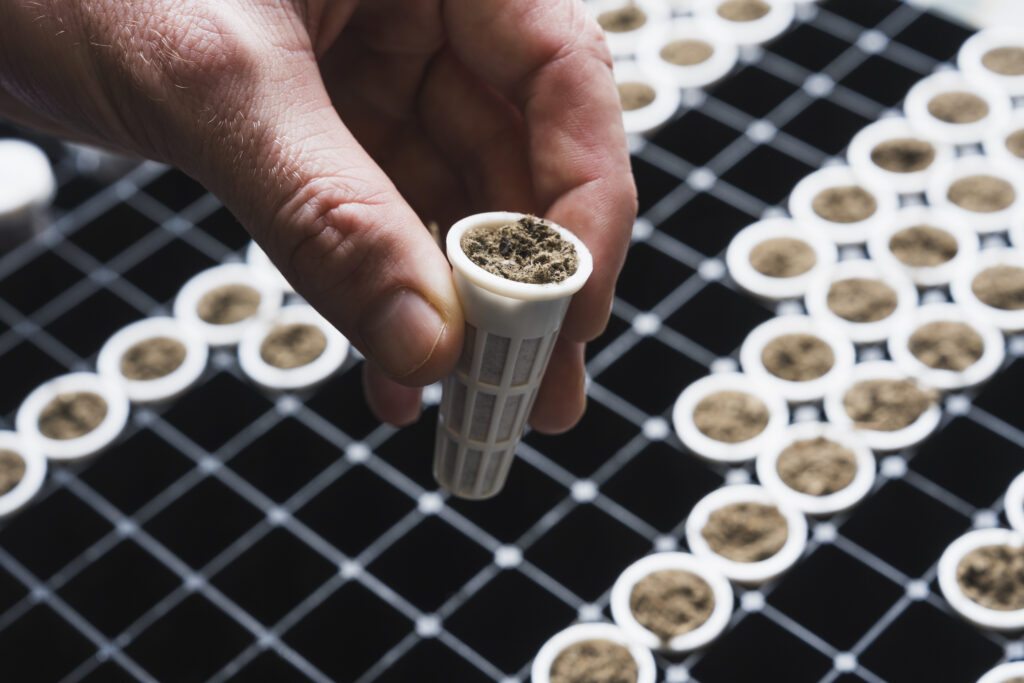
Anu qualified for the Manufacturing Readiness Grant as an investment into manufacturing processes, launching a product dedicated to “Farming Without Borders.”
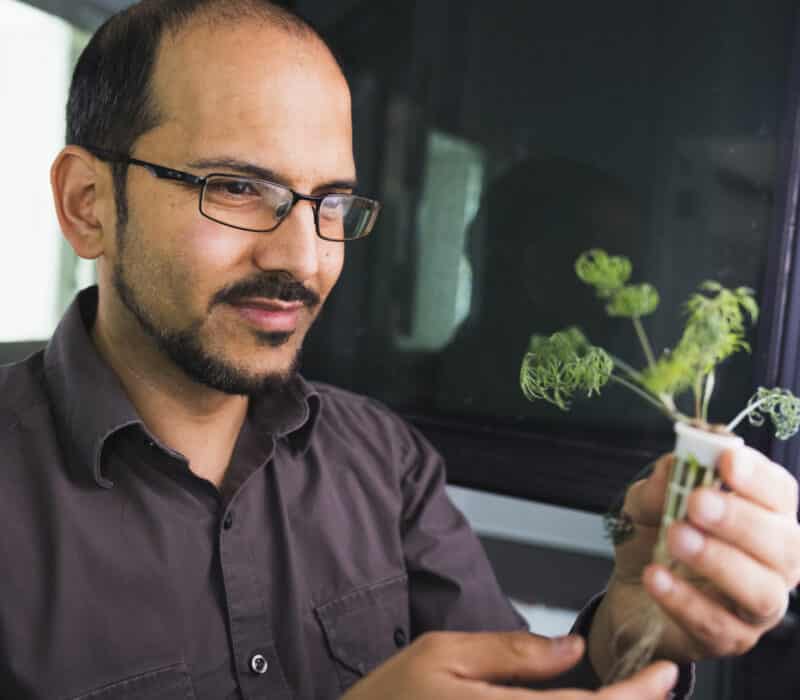
Shared Learnings
Among the most important things Scott learned: Industry needs start-ups, and start-ups need industry.
“You know, something that I learned and wish I had learned sooner is that when you want to go fast, you can go alone. But when you want to go far, you need to join with others. A lot of founders can be introverted and like to keep their nose down. They work hard, but too often don’t know when to ask for help. I think I was guilty of that,” Scott said. “But I learned to work with groups like Conexus, the Indiana Economic Development Corporation (IEDC), AgriNovus and the Purdue Extension officers. I learned to tell them the challenges I was encountering and the objectives I saw a quarter or a year out. I learned to ask what resources might exist to help me or what individuals in the community might have experiences that could help me make the most informed decisions going forward.”
Those contacts, he said, were true assets. “I don’t want to say there is a glass wall, but there is a bit of separation between start-ups with vision and experienced people who are knowledgeable and willing to be resources if asked. You can have a great vision and move fast to accomplish that vision. But if you want to take that vision beyond what you alone can imagine, you need to take advantage of the experience and knowledge of others who are willing, even eager to work with you, to be the bridge to expand your vision. You can’t know everything in this complex environment unless you partner with others.”
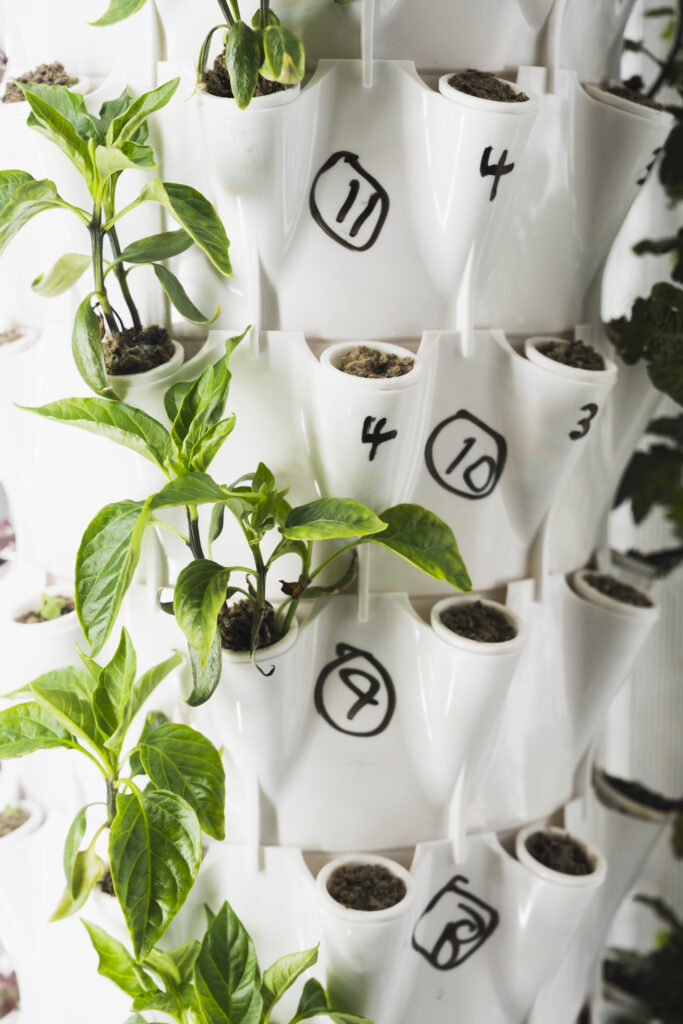
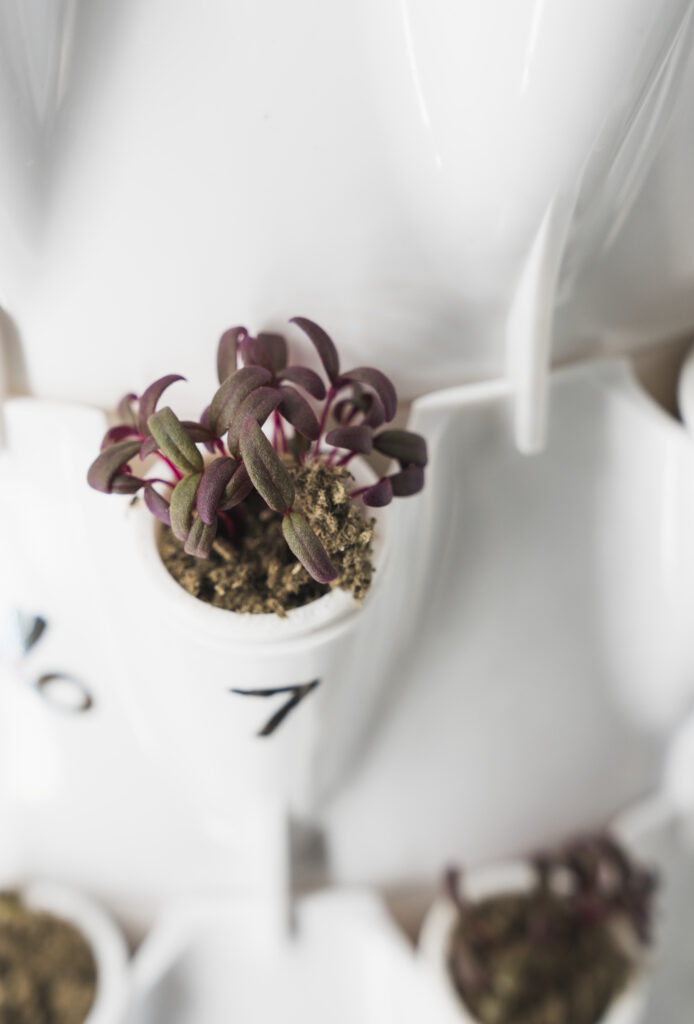
Another key learning he discovered: it is not a wise allocation of capital to independently scale manufacturing capabilities when they already exist and have been optimized decades beyond what a start-up could hope to achieve in a very short time. “The start-up needs to focus on its core value proposition,” he said. “That’s rapid innovation that can be delivered. I would go so far as to say industry needs start-ups, and start-ups need industry.”
Another early learning surfaced when Scott started participating in collegiate competitions. “Ball State University was one of the first ones I competed in,” he said, “and I was surprised. ‘Wait a minute,’ I said. ‘There’s money involved in these competitions?’” Even more surprising was that universities love to cross-pollinate. “They love when Purdue goes to Notre Dame, and when IU Bloomington comes to West Lafayette,” he learned. “They love to see the students moving around each other because that’s how they get new ideas and approaches. That’s how they build off each other’s momentum.” When he won his first competition, he was excited. “I went to the managing editor of the Exponent and begged him to publish an article about how well this student operation had done. We were running it out of my college apartment, but we succeeded and we wanted exposure.” Those early competitions led to other, bigger opportunities, such as the National Science Foundation grant that led to $1,000,000 to implement the deep learning systems used in the Anu connected network.
“We’ve learned that there are special barriers and challenges when it comes to manufacturing entrepreneurship. Being open to new ideas and new opportunities is essential. We are constantly learning, and we are constantly grateful.”
Scott Massey
Founder and CEO at Anu

